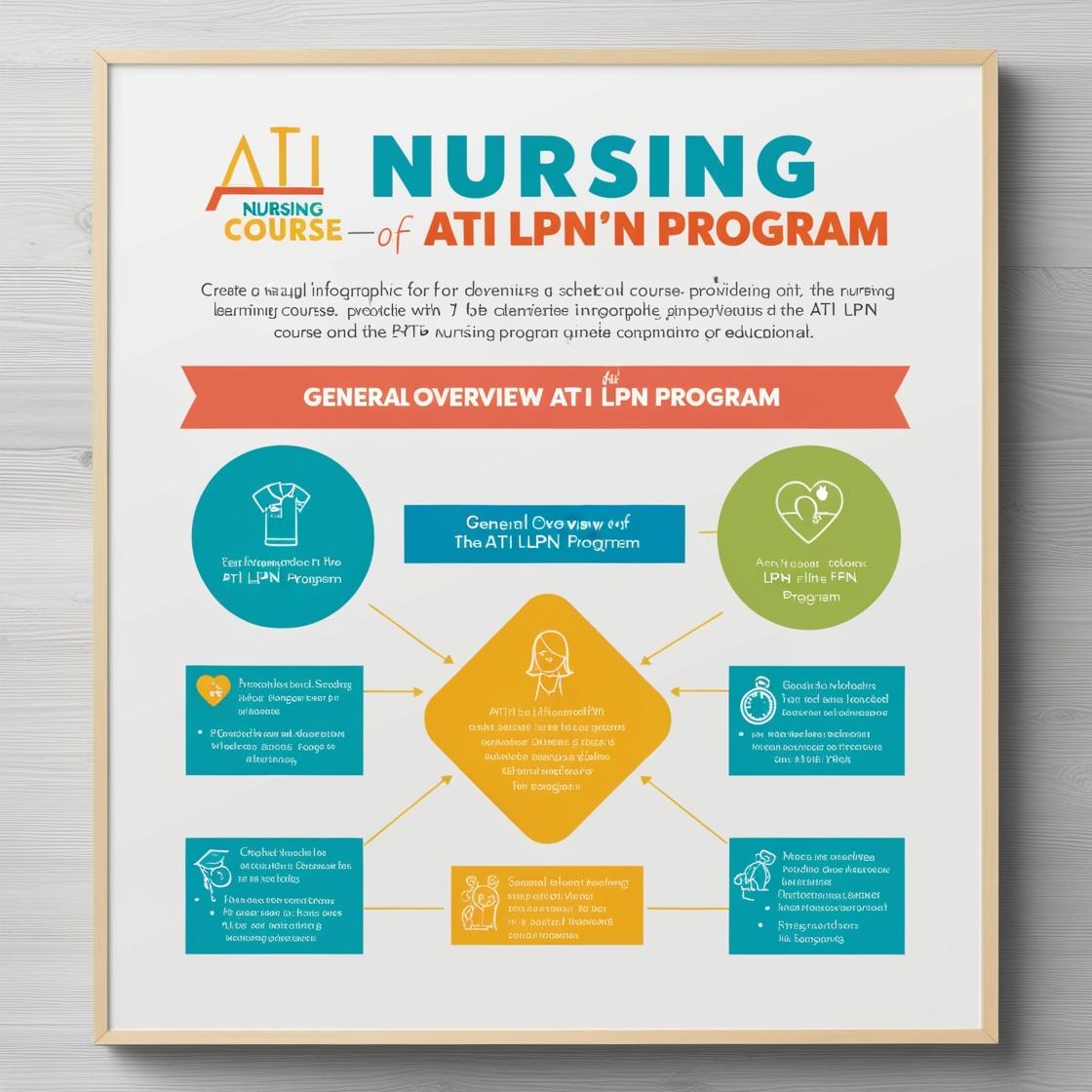LPN LPN
Nutrition For PN Nursing ATI
1. Which of the following is one of the simplest amino acids?
- A. Arginine
- B. Valine
- C. Lysine
- D. Glycine
Correct answer: D
Rationale: The correct answer is Glycine. Glycine is indeed one of the simplest amino acids as it consists of just a hydrogen atom as its side chain. Arginine, Valine, and Lysine are all more complex amino acids compared to Glycine, making them incorrect choices for this question.
2. Where does gluconeogenesis occur?
- A. Muscles.
- B. Pancreas.
- C. Liver.
- D. Spleen.
Correct answer: C
Rationale: Gluconeogenesis mainly occurs in the liver. It is a process where glucose is synthesized from non-carbohydrate sources such as amino acids and glycerol. The liver is the primary site for gluconeogenesis due to the presence of key enzymes and substrates required for this process. Muscles do not play a significant role in gluconeogenesis, making choice A incorrect. The pancreas is involved in the regulation of blood sugar levels through insulin and glucagon but is not the primary site for gluconeogenesis, so choice B is incorrect. The spleen is not a major organ involved in glucose metabolism, making choice D incorrect.
3. What is the chemical structure that forms the base component of an amino acid?
- A. carboxyl group
- B. carbon chain
- C. radicals
- D. amino group
Correct answer: D
Rationale: The correct answer is the amino group. Amino acids consist of an amino group (NH2), a carboxyl group (COOH), a hydrogen atom, and a variable side chain attached to a central carbon atom. The amino group is essential for the formation of proteins. The carboxyl group is not the base component but another important functional group in amino acids. Carbon chain and radicals are not specific chemical structures that form the base component of an amino acid.
4. Which term describes the amino acids that are synthesized by the body?
- A. essential amino acids.
- B. nonessential amino acids.
- C. complete amino acids.
- D. incomplete amino acids.
Correct answer: B
Rationale: The correct answer is B: nonessential amino acids. Nonessential amino acids can be synthesized by the body, so they do not need to be obtained through the diet. Essential amino acids, choice A, must be obtained from the diet because the body cannot produce them. Choices C and D, complete and incomplete amino acids respectively, do not accurately describe the classification of amino acids based on synthesis by the body.
5. The lining of the stomach and intestine is protected from self-digestion by:
- A. pepsinogen.
- B. bile.
- C. mucus.
- D. fat.
Correct answer: C
Rationale: The correct answer is C: mucus. Mucus forms a protective barrier that prevents the stomach and intestine from digesting themselves. Pepsinogen (choice A) is an inactive form of pepsin, a digestive enzyme, and does not protect the stomach lining. Bile (choice B) aids in the digestion and absorption of fats but does not protect the stomach lining. Fat (choice D) is a nutrient and energy source; it does not play a role in protecting the stomach and intestine from self-digestion.
Similar Questions

Access More Features
ATI LPN Basic
$69.99/ 30 days
- 50,000 Questions with answers
- All ATI courses Coverage
- 30 days access @ $69.99
ATI LPN Premium
$149.99/ 90 days
- 50,000 Questions with answers
- All ATI courses Coverage
- 30 days access @ $149.99
